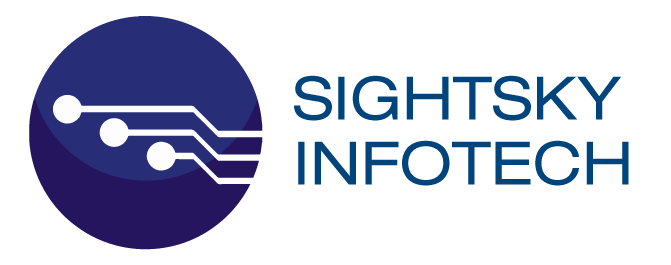Accelerating Change with Web Apps and DevOps – The Client’s Success Story
Background:
The XYZ Client is a leading retail company with a diverse product range and a wide customer base. Facing the constant demand for updates, new features, and bug fixes, the client needed a solution that could facilitate faster changes to their web applications while minimizing the associated risks. To address these challenges, the client partnered with a technology consultancy to leverage modern web app development practices and implement a robust DevOps approach.
Challenges:
- Slow Release Cycles: The client’s existing software development and release process was slow, resulting in delayed feature deployments and customer dissatisfaction.
- High Risk of Errors: Manual deployments often led to errors, affecting the customer experience and requiring significant effort to rectify.
- Lack of Collaboration: Siloed development and operations teams hindered effective collaboration, leading to communication gaps and inconsistencies.
Solution:
1. Web App Modernization:
- The consultancy recommended modernizing the client’s web applications using state-of-the-art technologies and frameworks that allowed for faster development and deployment.
- The transition involved migrating to a microservices architecture, which enabled individual components to be developed, tested, and deployed independently, reducing the scope of errors and speeding up development.
2. Implementation of DevOps Practices:
- Continuous Integration (CI): A CI pipeline was established to automatically build, test, and validate code changes whenever they were committed to the version control system.
- Continuous Deployment (CD): A CD pipeline was set up to automate the deployment process, ensuring that code changes were seamlessly pushed to production after passing the necessary tests.
- Automated Testing: Comprehensive automated testing, including unit tests, integration tests, and end-to-end tests, were integrated into the pipeline to identify issues early and prevent regressions.
- Infrastructure as Code (IaC): Infrastructure provisioning was automated using IaC tools, ensuring consistent environments across development, testing, and production.
3. Collaboration and Communication:
- Cross-Functional Teams: Development and operations teams were brought together to form cross-functional teams that could collectively address challenges and make informed decisions.
- Communication Channels: Communication was improved through tools like Slack and Microsoft Teams, allowing teams to share updates, discuss issues, and collaborate effectively.
Results:
- Faster Change Deployment: The adoption of DevOps practices and modern web app development led to significantly faster release cycles. Changes that previously took weeks to deploy now took just days.
- Reduced Risk of Errors: Automation in the CI/CD pipeline minimized the risk of human errors during deployments. Automated testing ensured that changes were thoroughly vetted before being released to production.
- Enhanced Collaboration: The collaboration between development and operations teams resulted in improved communication, aligned goals, and a shared responsibility for maintaining application health.
- Increased Customer Satisfaction: With quicker bug fixes, feature updates, and improved overall system stability, customer satisfaction increased, leading to improved customer retention.
Conclusion:
The XYZ Client’s journey to accelerate change with modern web apps and a DevOps approach demonstrates the transformative impact of technology and methodology on business outcomes. By embracing modern web app development practices and implementing DevOps, the client successfully overcame challenges related to slow release cycles, high risk of errors, and lack of collaboration. The outcome was a more agile, responsive, and efficient software development and deployment process. This case study serves as a testament to the value of innovation and collaboration in achieving business objectives and staying competitive in today’s fast-paced digital landscape.

